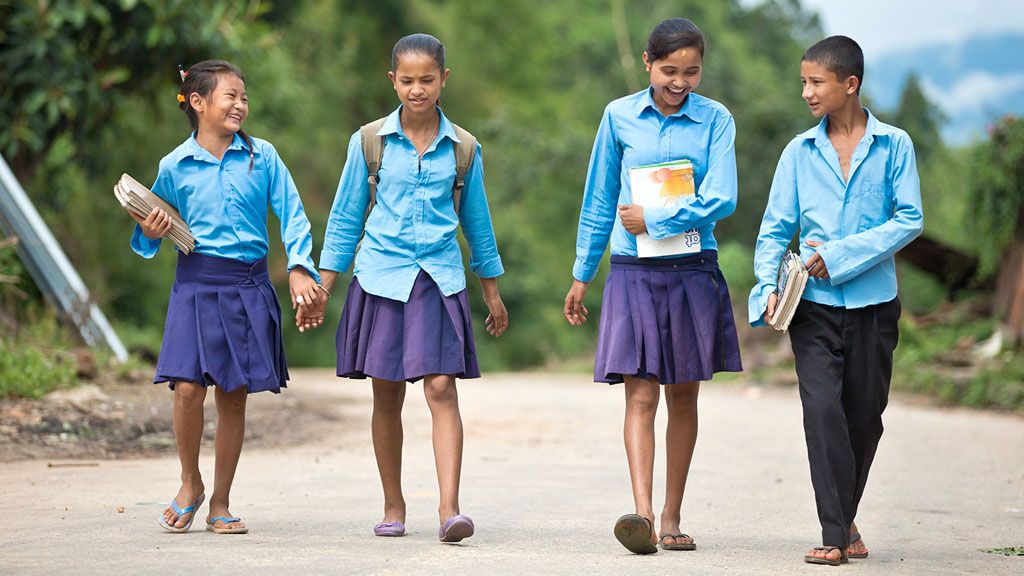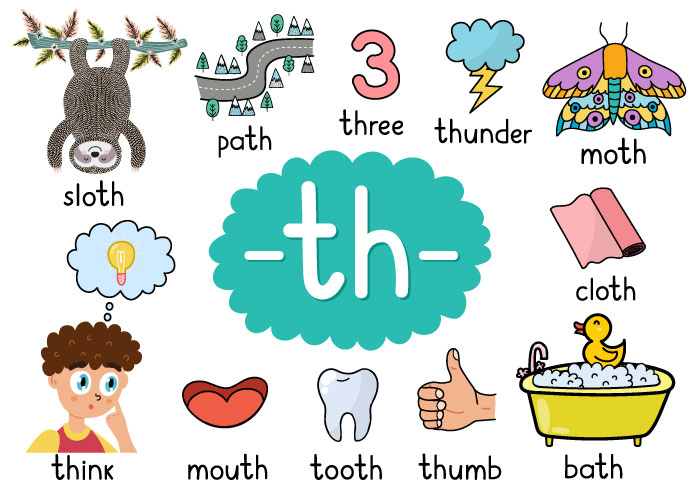More than 80 percent girls leave the school before they reach to higher secondary level in Nepal

By Anil Paudel
Bridging the gap between students’ transition from school to work is critical for realizing education’s potential in reducing poverty. But if return on education is measured by labor market outcomes, then this link is clearly missing in the case of Nepal. The national goal of education is to contribute to workforce development and poverty reduction, but in practice, the focus is on achieving only basic levels of education. Basic education does not guarantee a job, the main source of income and pathway out of poverty. Additionally, there is very little emphasis on Technical and Vocational Education and Training (TVET), an important dimension for workforce development and poverty reduction. Each year, more young people are entering the labor market, most of whom are girls who dropped out of school with no specific work skills. Nepal requires policy to help strengthen the connection between education and the labor market.
Despite steady progress in increasing access to primary school, retention, especially among girls, is a persistent challenge. According to the Department of Education, primary enrollment increased from 80 to 97 percent over the last 20 years, with gender parity almost achieved. However, due to sociocultural and economic factors, by the time girls reach the higher secondary level (grade 11), more than 80 percent are already out of school. Therefore, the school-to-work transition gap is bigger for girls, which then increases their vulnerability to early and forced marriage, domestic slavery, and trafficking.
There are more opportunities for high school graduates, such as pursuing higher education or seeking entry-level positions in the formal sector. But entry requirements limit the choices and opportunities for those who do not complete high school. Alternative ways of learning, such as TVET programs that prepare young people for the world of work, are limited or almost absent. The informal sector, which comes with higher likelihood of exposure to abuse and exploitation, seems like the only option for employment. In fact, two-thirds of the 2.64 million currently employed females are in the informal sector, and most of them are girls ages 15-24. Further, more than one in three girls in this age group are neither employed nor receiving education or training, indicating a higher risk of exploitation.
The current education system has not been successful in preparing the workforce required by the market, and one of the possible reasons is under-emphasis on TVET. Though TVET is part of the education system, it is not accessible to the population that needs it the most, the school dropouts. Due to lack of data in the TVET sector, reliable information about participation is not readily available. The first-ever produced “Comprehensive TVET Annual Report” suggests that it is greatly underutilized. The current intake capacity, including long- and short-term courses, is a little more than 100,000 participants, as compared to more than 500,000 new entrants in the labor market annually. It is insufficient to meet the demand. The minimum entry requirement for most of the programs is a high school degree. Due to distance, cost, and other sociocultural barriers, girls’ access to TVET programs is even more challenging.
Therefore, there is an urgent need to review the existing educational system to address the challenges of bridging the gap between young girls and employment. Either integrating TVET into the schooling system or opening separate TVET schools that target dropouts and those at risk of dropout could facilitate the school to work transition. While improving access to TVET opportunities and creating gender-sensitive environments would particularly benefit girls at higher risk of dropping out, nevertheless, it would benefit boys, as well.
As an Echidna Global Scholar, I will analyze the loopholes in the current education system in Nepal and the barriers in the school-to-work transition for girls. My work with Right4Children now and with other education organizations in the past has provided me experience working with school dropouts. Most of them, especially girls, have had dim prospects in life with limited opportunities to transition into the workplace.
TVET can be an important alternative to general education for school dropouts, and my research will inform policy measures to reshape the education system. ( This article was originally published on the Brookings.edu )



















Facebook Comments